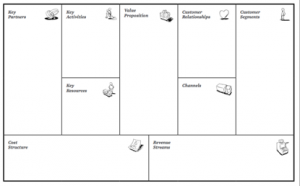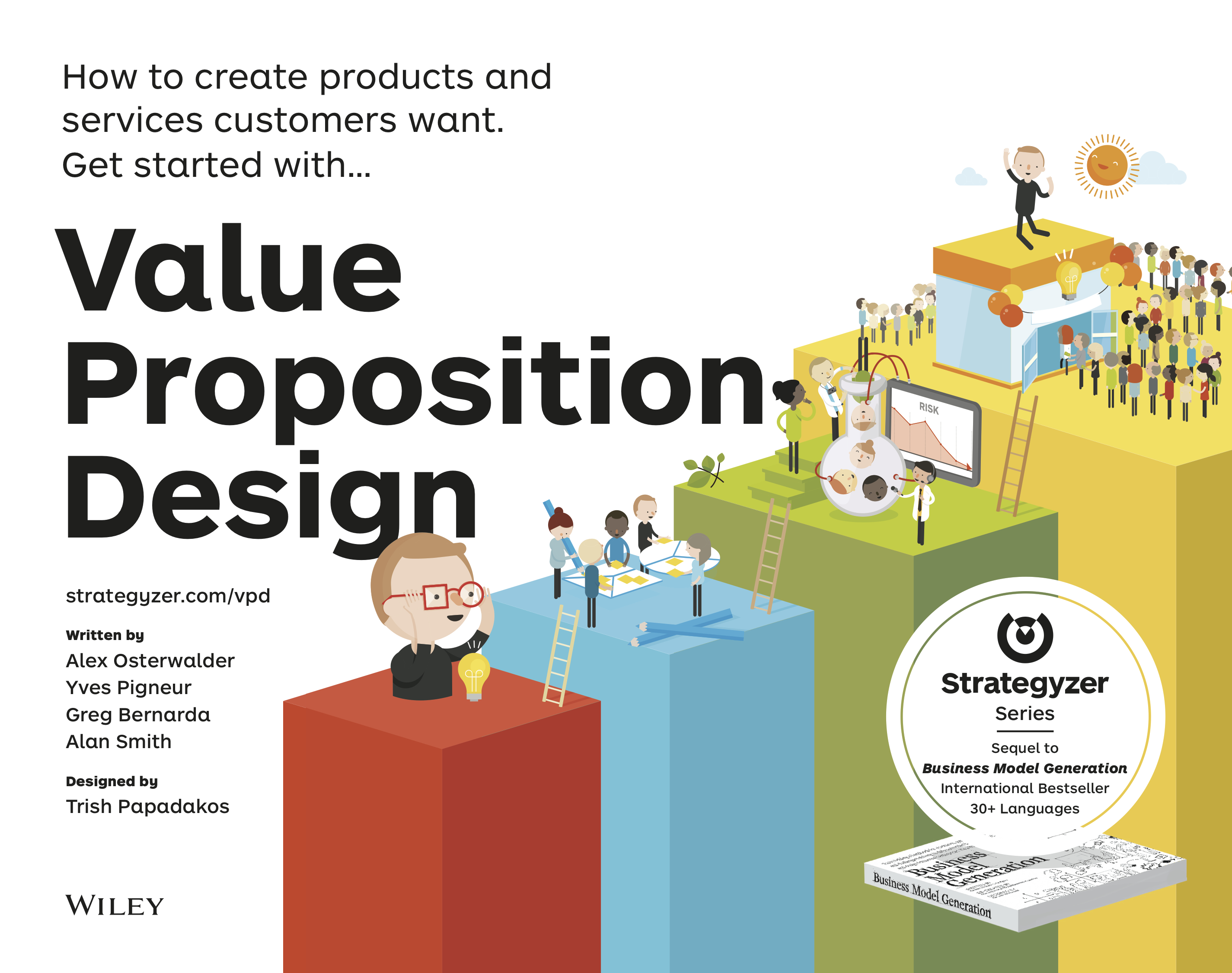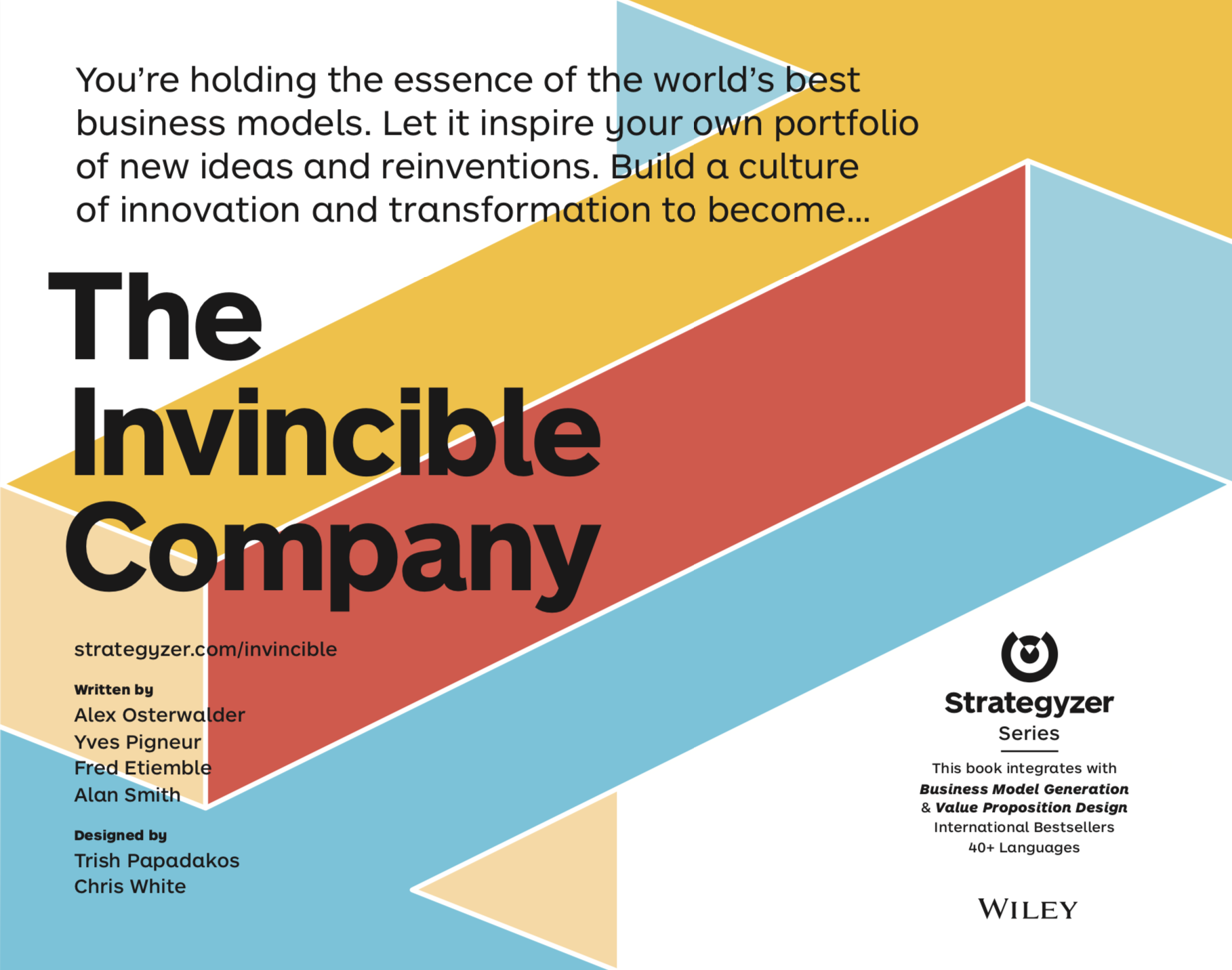From service design to business model design in a management curriculum
Position paper with Alexander Osterwalder
@ “Managing + Designing – An International Working Conference”, Cleveland, June 2010
How to bring the ideas and methods of design into management education?
Two courses have been introduced in our Management School at undergraduate and graduate levels. The course is based on the ’Managing as Designing’ paradigm and integrates principles suggested by the design thinking, applied to business service design. The course introduces concepts, frameworks, and tools for designing new ’front stage’ services, ’back stage’ processes, and business models. Learning will be accomplished through lectures, readings, case studies, and group co-design sessions.
Upon completion the course, the participants will have a general understanding of the current state and trends in service design, and be aware of design tools such as customer insight, ideation, visual thinking, prototyping, storytelling, and scenarios.
More specifically, the participants will be able to use theses design techniques for (a) designing services, (b) re-engineering business processes, and (c) co-creating business models for innovation. The first part presents the ’front stage’ view of services, and explores techniques for designing services, analyzing the customer tasks, defining use cases and scenarios, prototyping e-services, and defining service quality. The second part deals with the ’back stage’, and presents tools and models for blueprinting services, re-engineering business processes and taking care of service productivity. The third part illustrates and examines the co-design of business models for improving innovation.
How to use studio education in management programs?
During the session, students conduct practical design exercises and projects. These ’studio’ kinds of exercises allow them to practice a number of techniques and tools from the world of design that can help to design better and more usable services, efficient processes, and innovative business models.
A designer’s business involves relentless inquiry into the best possible way to create the new, discover the unexplored, or achieve the functional. A designer’s job is to extend the boundaries of thought, to generate new options, and, ultimately, to create value for users. This requires the ability to imagine ’that which does not exist.’
During the course sessions, we mainly explore six business model design techniques with students: Customer Insights, Ideation, Visual Thinking, Prototyping, Storytelling, and Scenarios. We introduce each technique with a story, then demonstrate how the technique applies to service design, process design, and business model design.
New theory and practice in organizational change and organizational design
We have conceived a new framework or ’canvas’ to design, assess and communicate traditional and bleeding-edge business models and their dynamics, innovation techniques, how to position a business model within an intensely competitive landscape, and how to lead the redesign of an organization’s business model.
The canvas has been presented in an unusual book, ’Business Model Generation’ about business model innovation. We’ve tried to design a practical guide for visionaries, game changers, and challengers eager to design or reinvent business models. The scale and speed at which innovative business models are transforming industry landscapes today is unprecedented. For entrepreneurs, executives, consultants, and academics, it is high time to understand the impact of this extraordinary evolution. Now is the time to understand and to methodically address the challenge of business model innovation.
Ultimately, business model innovation is about creating value, for companies, customers, and society. It is about replacing outdated models. With its iPod digital media player and iTunes.com online store, Apple created an innovative new business model that transformed the company into the dominant force in online music. Skype brought us dirt-cheap global calling rates and free Skype-to-Skype calls with an innovative business model built on so-called peer-to-peer technology. It is now the world’s largest carrier of international voice traffic. Zipcar frees city dwellers from automobile ownership by offering hourly or daily on-demand car rentals under a fee-based membership system. It’s a business model response to emerging user needs and pressing environmental concerns. Grameen Bank is helping alleviate poverty through an innovative business model that popularized microlending to the poor.
But how can we systematically invent, design, and implement these powerful new business models? How can we question, challenge, and transform old, outmoded ones? How can we turn visionary ideas into game-changing business models that challenge the establishment or rejuvenate it if we ourselves are the incumbents? Business Model Generation aims to give you the answers.
Since practicing is better than preaching, we adopted a new model for writing this book. Four hundred and seventy members of the Business Model Innovation Hub contributed cases, examples, and critical comments to the manuscript – and we took their feedback to heart.
The canvas (Figure 1) defines a common language that allows easily describing and manipulating business model to create new strategic alternatives. Without such a shared language it is difficult to systematically challenge assumptions about one’s business model and innovate successfully. We propose to describe a business model through nine basic building blocks that show the logic of how a company intends to make money. The nine blocks cover the four main areas of a business: customers, offer, infrastructure, and financial viability. The business model is like a blueprint for a strategy to be implemented through organizational structures, processes, and systems.





